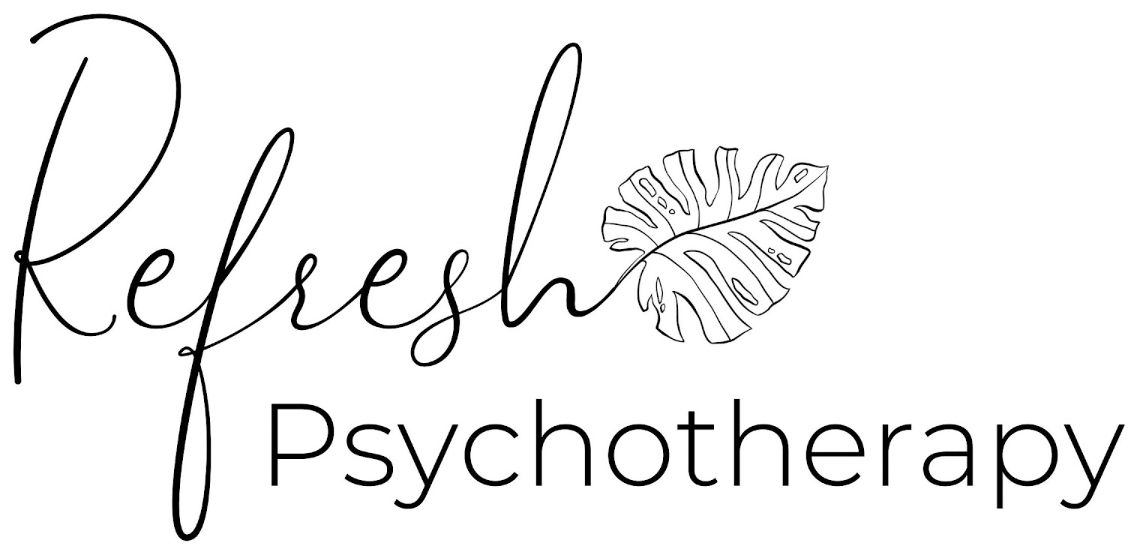
What to Expect in the First Month of Therapy: Understanding the Intake Process
Starting therapy can feel like stepping into the unknown. Whether you’re seeking support for anxiety, trauma, relationship issues, or just trying to understand yourself better, the first month of therapy—also known as the intake period—is not about solving everything. It’s about building the foundation. Many new clients expect immediate emotional relief or breakthroughs, but what often happens instead is paperwork, assessment, and a slow unraveling of patterns. This isn’t a delay—it’s part of the process. The first month sets the tone for how the work will unfold.
Week 1: The Paperwork Is Part of the Work
Your first session likely begins with logistics: completing intake forms, reviewing confidentiality policies, and discussing informed consent. While this can feel bureaucratic, it’s actually your first experience of the therapist’s boundaries and ethics. These documents cover your privacy rights under HIPAA, any limits to confidentiality (like safety concerns), and details about fees, cancellations, and communication outside of session. Don’t overlook these sections—they tell you how your therapist thinks about structure, which is crucial for building trust. You may also complete standardized assessments during this session, like the PHQ-9 (for depression) or GAD-7 (for anxiety), which help establish a clinical baseline. These are not diagnostic tools in isolation but part of a broader evaluation. If you’re neurodivergent or managing chronic stress, you may want to ask whether your therapist uses additional screening tools or tailors their approach accordingly.
Week 2: The Therapist Is Listening for Themes
The second session usually begins what’s known as a clinical interview. You’ll be asked about your current stressors, mental health history, medical background, family dynamics, and what brings you to therapy now. While it may feel like you’re just sharing your story, your therapist is actively gathering diagnostic impressions, risk factors, and potential treatment directions. They’re listening for emotional tone, relational patterns, coping mechanisms, and belief systems. This isn’t about labeling you—it’s about understanding how your nervous system has adapted to stress over time. During this week, you might feel disoriented or even emotionally hungover afterward. That’s normal. Speaking your history out loud, often for the first time, can bring old feelings to the surface.
Reflection Prompt:
What was your emotional response after your first session? What do you think that feeling might be telling you?
Week 3: Naming the Patterns Behind the Problem
By week three, you and your therapist are beginning to move beyond surface-level concerns. This is when many people feel the urge to ask, “So what kind of therapy is this?” or “How are we going to fix this?” You’re not wrong to want answers. But therapy doesn’t always offer quick clarity. During this phase, your therapist may begin to suggest formulations—a working hypothesis of how your presenting concerns developed and what keeps them going. They may also begin discussing therapeutic models (like psychodynamic therapy, CBT, or schema therapy) or explain what kind of work may be helpful. For example, if you struggle with people-pleasing, they may begin to explore your early experiences of conditional acceptance or past environments where your safety depended on keeping others happy. You’re not expected to resolve anything yet—this is the phase where you name it before you change it.
Week 4: Defining Goals and Establishing the Frame
By the end of the first month, your therapist will likely begin to introduce the therapeutic frame: the structure and expectations that define how therapy will proceed. This includes how often you’ll meet, what kind of goals you’re working toward, and what roles you and your therapist will each play. For some clients, this is the first time they’re asked to reflect on what success looks like. That question can feel overwhelming—especially if your only goal was “not feeling like this anymore.” Good therapists will help break this down into smaller, more concrete outcomes. Maybe success means responding to stress with less panic. Maybe it means becoming more assertive, sleeping better, or reducing emotional reactivity in relationships. You don’t need a perfect answer, but being curious about what you want out of therapy helps shape the work ahead.
Common Misconceptions About the First Month of Therapy
Many people enter therapy expecting to feel better right away. But the intake period can feel messier, not easier. You may experience:
- Emotional discomfort from naming old wounds
- Frustration that the therapist isn’t “doing” more
- Fear that your story is too much, or not enough
- Doubts about whether therapy is “working”
These responses are not signs that therapy is failing—they’re signs that your internal defenses are reacting to something new. Therapy is a relational process, and the therapeutic alliance (the bond between client and therapist) is the strongest predictor of positive outcomes (Flückiger et al., 2018). It takes time to build.
Reflection Prompt:
What are your expectations of therapy? Which ones came from TV, social media, or others—and which ones feel true for you?
What the Therapist Is Watching For
During the intake period, therapists are quietly assessing a number of things:
- Your emotional range and how you describe feelings
- Whether you intellectualize, dissociate, or deflect under stress
- What coping strategies you rely on—healthy or otherwise
- Your relational style (avoidant, anxious, controlling, compliant)
- Any risks related to safety, trauma, or substance use
You may not hear all of this reflected back right away. That doesn’t mean your therapist isn’t noticing—it means they’re pacing the work. Rushing too quickly into trauma, grief, or identity exploration without first building safety can cause harm. The intake month is about observing before intervening.
How to Know If It’s the Right Fit
The first month is also when you begin to get a feel for your therapist’s style. Do they interrupt or let you talk? Are they validating or more confrontational? Do they seem attuned to your nervous system—or are they focused only on surface symptoms? You don’t need to feel instant emotional intimacy. But you should feel safe enough to begin being honest. If you consistently feel judged, misunderstood, or minimized, it’s okay to bring that up—or even explore other options. Finding the right fit can take time, and many clients don’t hit their stride until the second or third therapist. That’s not failure—it’s discernment.
Red Flags in the Intake Period
While discomfort is normal, some signs indicate a poor clinical match or unethical practice:
- The therapist discloses too much about their own life
- They seem distracted, rushed, or disorganized
- They don’t explain their approach or ask what you want
- They pathologize you without consent or context
- They ignore racial, cultural, or neurodivergent context
If something feels off, you can name it, ask questions, or move on. The first month of therapy is just as much about you interviewing them as it is about them evaluating you.
Why the Intake Period Matters So Much
Intake is not a throwaway month—it is the blueprint. Rushing through it to “get to the work” is like trying to build a house without a foundation. Every question your therapist asks during this time is designed to understand your psychological architecture—where it holds, where it cracks, and where you’ve patched it up with coping mechanisms that no longer serve you. This is also the phase where you begin to feel into the relational dynamics that mirror your other relationships. Do you minimize your needs? Apologize for taking up space? Look for cues of approval or rejection? These behaviors often show up early in the therapy room and are essential data for the work ahead.
Reflection Prompt:
What part of yourself showed up in therapy that surprised you? What do you think it reveals about how you relate to others?
Book your appointment today at refreshtherapynyc.clientsecure.me.
Written by: Keeley Teemsma, LCSW, MA
Works Cited
Flückiger, C., Del Re, A. C., Wampold, B. E., & Horvath, A. O. (2018). The alliance in adult psychotherapy: A meta-analytic synthesis. Psychotherapy, 55(4), 316–340. https://doi.org/10.1037/pst0000172
Kleiman, E. M., Turner, B. J., Fedor, S., Beale, E. E., Huffman, J. C., & Nock, M. K. (2017). Examination of real-time fluctuations in suicidal ideation and its risk factors: Results from two ecological momentary assessment studies. Journal of Abnormal Psychology, 126(6), 726–738. https://doi.org/10.1037/abn0000273
Young, J. E., Klosko, J. S., & Weishaar, M. E. (2003). Schema therapy: A practitioner’s guide. Guilford Press.
